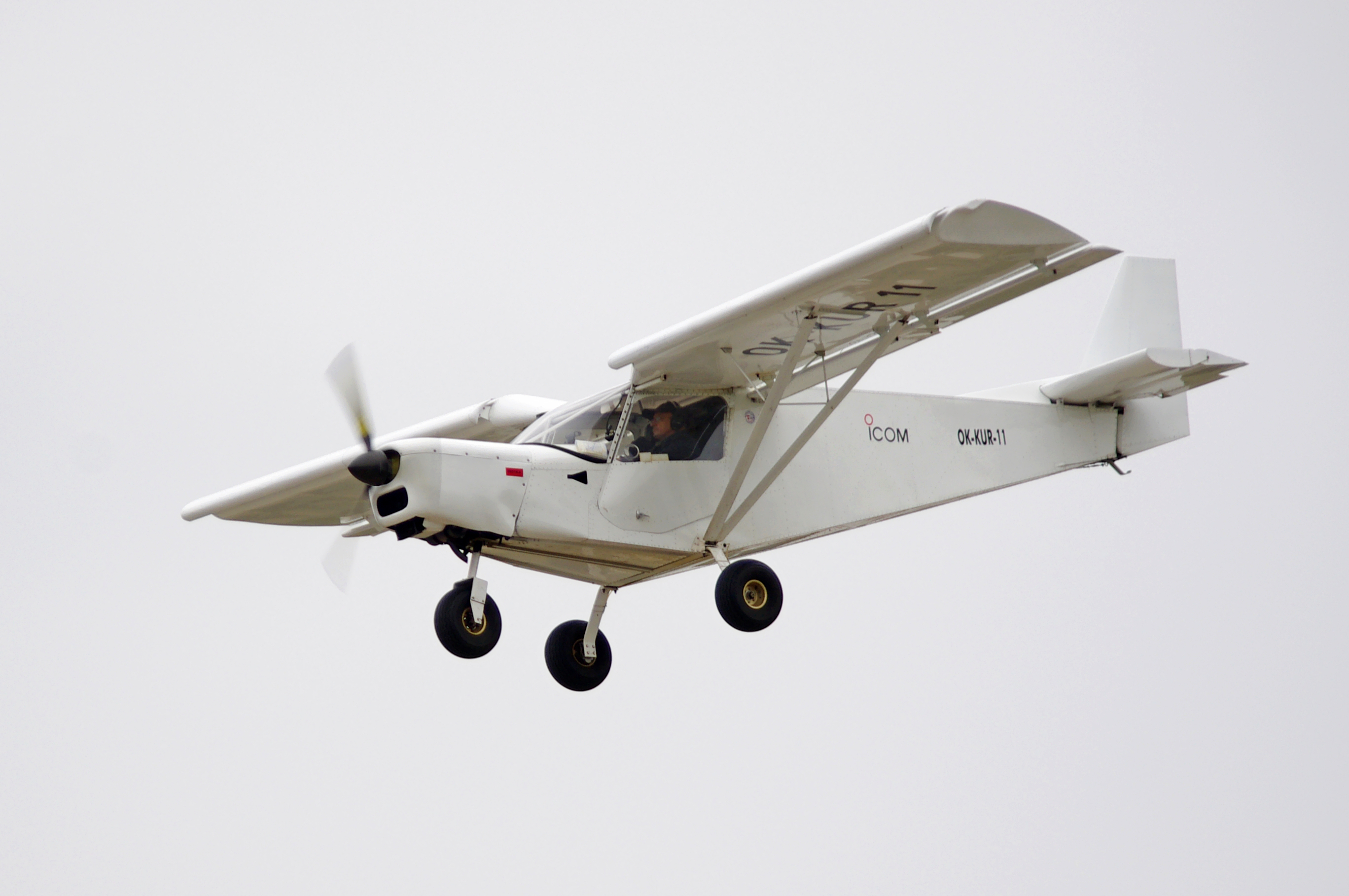|
AVIS C.4
__NOTOC__ The AVIS C.4 was a 1940s Italian liaison aircraft designed by Ugo Abate and built by Avio Industrie Stabiensi (AVIS) for an Italian Air Force requirement for a liaison aircraft with a similar role to the Fieseler Fi 156. First flown in June 1940 the low-wing monoplane was in competition with the IMAM Ro.63 and Caproni GDL, but the results of test flights were not satisfactory and only one C.4 was built of the six originally ordered. Specifications See also References {{Portal bar, Italy, Companies, Aviation 1940s Italian military utility aircraft STOL aircraft Single-engined tractor aircraft Low-wing aircraft Aircraft first flown in 1940 ... [...More Info...] [...Related Items...] OR: [Wikipedia] [Google] [Baidu] |
Avio Industrie Stabiensi
Avio S.p.A. is an Italian company operating in the aerospace sector with its head office in Colleferro near Rome, Italy. Founded in 1908, it is present in Italy and abroad with different commercial offices and 10 production sites. Avio operates in: *solid-propellant motors for space and tactical propulsion *electronic/electrical control and automation systems Avio is Prime Contractor for the new European launcher Vega and sub-contractor for the Ariane program, both financed by the European Space Agency (ESA) The company is active in the field of technological research. It carries out projects in collaboration with 14 Italian and 10 foreign universities and research centres, which are aimed at the continuous improvement of product and process technologies. It also undertakes the research of solutions in order to reduce the environmental impact of aircraft engines, in conformity with the objectives of consumption and emissions reduction dictated, within the European area, by the ... [...More Info...] [...Related Items...] OR: [Wikipedia] [Google] [Baidu] |
Ugo Abate
Ugo is the Italian form of Hugh, a widely used name of Germanic origin. Its diminutive form is Ugolino. It is also a Nigerian Igbo first name. It may refer to: People * Vgo (stonemason), medieval stonemason * Ugo Bassi, a Roman Catholic priest and Italian nationalist * Ugo Betti, Italian judge and author * Ugo Boncompagni, birth name of Pope Gregory XIII * Ugo Correani, Italian/German fashion designer * Ugo da Carpi, Italian printmaker * Ugo Ehiogu, English football player * Ugo Fano, Italian physicist * Ugo Gabrieli, Italian footballer * Ugo Giachery, Italian Bahá'í * Ugo Humbert, French tennis player * Ugo La Malfa, an Italian politician * Ugo Mattei, professor of international and comparative law at UC Hastings * Ugo Monye, English international rugby union player * Ugo Mulas, Italian photographer * Ugo Rondinone, Swiss-born artist * Ugo Sansonetti, Italian businessman and athlete * Ugo Tognazzi, Italian actor * Ugo Zagato, Italian automobile designer Other * Ugo, Akita, a ... [...More Info...] [...Related Items...] OR: [Wikipedia] [Google] [Baidu] |
Fieseler Fi 156
The Fieseler Fi 156 ''Storch'' (, "stork") was a German liaison aircraft built by Fieseler before and during World War II. Production continued in other countries into the 1950s for the private market. It was notable for its excellent short field (STOL) performance and low stalling speed of 50 km/h (31 mph). French-built later variants often appear at air shows. Compared to most other liaison aircraft of the period, the ''Storch'' was quite large and heavy, with its wingspan exceeding 14 meters (nearly 47 feet) and its weight slightly over 1,300 kg (2,900 pounds) when fully loaded. It was significantly heavier, slower, and less agile than Allied liaison aircraft such as the American Piper L-4 or Stinson L-5, or the British Auster. Design and development Conception and production In 1935, the RLM ('' Reichsluftfahrtministerium'', Reich Aviation Ministry) invited several aviation companies to submit design proposals that would compete for the production contract for a new ''Lu ... [...More Info...] [...Related Items...] OR: [Wikipedia] [Google] [Baidu] |
IMAM Ro
Imam (; ar, إمام '; plural: ') is an Islamic leadership position. For Sunni Muslims, Imam is most commonly used as the title of a worship leader of a mosque. In this context, imams may lead Islamic worship services, lead prayers, serve as community leaders, and provide religious guidance. Thus for Sunnis, anyone can study the basic Islamic sciences and become an Imam. For most Shia Muslims, the Imams are absolute infallible leaders of the Islamic community after the Prophet. Shias consider the term to be only applicable to the members and descendents of the ''Ahl al-Bayt'', the family of the Islamic prophet Muhammad. In Twelver Shiasm there are 14 infallibles, 12 of which are Imams, the final being Imam Mahdi who will return at the end of times. The title was also used by the Zaidi Shia Imams of Yemen, who eventually founded the Mutawakkilite Kingdom of Yemen (1918–1970). Sunni imams Sunni Islam does not have imams in the same sense as the Shi'a, an important dis ... [...More Info...] [...Related Items...] OR: [Wikipedia] [Google] [Baidu] |
Caproni GDL
Caproni, also known as ''Società de Agostini e Caproni'' and ''Società Caproni e Comitti'', was an Italian aircraft manufacturer. Its main base of operations was at Taliedo, near Linate Airport, on the outskirts of Milan. Founded by Giovanni Battista "Gianni" Caproni during 1908, the company produced several successful heavy bombers during the First World War. Following the acquisition of several other aviation firms throughout the interwar period, Caproni transformed into a sizable aviation-orientated syndicate, the ''Società Italiana Caproni, Milano''. The majority of its aircraft were bombers and transport aircraft. It played a pioneering role in the development of the Caproni Campini N.1, an experimental aircraft powered by a thermo-jet. It provided large numbers of combat aircraft for the Axis during the Second World War. The firm did not prosper in the postwar era, the Società Italiana Caproni collapsing during 1950. Many of the company's former assets were subseque ... [...More Info...] [...Related Items...] OR: [Wikipedia] [Google] [Baidu] |
Hirth HM 508
The Hirth HM 508 was an air-cooled, eight-cylinder, 60° cylinder bank angle inverted-V aircraft engine built in Germany in the 1930s. It had a bore and stroke of 105 mm × 115 mm (4.1 in × 4.5 in) and developed 210 kW (280 hp) at 3,000 rpm. Variants ;HM 8U: ;HM 508A: ;HM 508B: ;HM 508C: ;HM 508D: at 3000 rpm ;HM 508E: ;HM 508F: ;HM 508G: ;HM 508H: , low fuel consumption variant, with centrifugal supercharger geared at 3.86:1 crankshaft speed for long-range record breaking aircraft. Applications * Ambrosini S.7 * Gotha Go 146 * Gotha Go 149 * Heinkel He 116 * IMAM Ro.63 *Messerschmitt Bf 108 *Siebel Fh 104 *Weserflug We 271 The Weserflug We 271 was a German flying boat prototype, first flown just before World War II. History This amphibious flying boat was produced in 1938 by the German aviation company Weser Flugzeugbau GmbH. The aircraft was a twin engine, all- ... Experimental aircraft Specifications (HM 508D) See also References {{Hirth a ... [...More Info...] [...Related Items...] OR: [Wikipedia] [Google] [Baidu] |
1940s Italian Military Utility Aircraft
Year 194 ( CXCIV) was a common year starting on Tuesday (link will display the full calendar) of the Julian calendar. At the time, it was known as the Year of the Consulship of Septimius and Septimius (or, less frequently, year 947 ''Ab urbe condita''). The denomination 194 for this year has been used since the early medieval period, when the Anno Domini calendar era became the prevalent method in Europe for naming years. Events By place Roman Empire * Emperor Septimius Severus and Decimus Clodius Septimius Albinus Caesar become Roman Consuls. * Battle of Issus: Septimius Severus marches with his army (12 legions) to Cilicia, and defeats Pescennius Niger, Roman governor of Syria. Pescennius retreats to Antioch, and is executed by Severus' troops. * Septimius Severus besieges Byzantium (194–196); the city walls suffer extensive damage. Asia * Battle of Yan Province: Warlords Cao Cao and Lü Bu fight for control over Yan Province; the battle lasts for over 100 d ... [...More Info...] [...Related Items...] OR: [Wikipedia] [Google] [Baidu] |
STOL Aircraft
A short takeoff and landing (STOL) aircraft is a conventional fixed-wing aircraft that has short runway requirements for takeoff and landing. Many STOL-designed aircraft also feature various arrangements for use on airstrips with harsh conditions (such as high altitude or ice). STOL aircraft, including those used in scheduled passenger airline operations, have also been operated from STOLport airfields which feature short runways. Design considerations Many fixed-wing STOL aircraft are bush planes, though some, like the de Havilland Canada Dash-7, are designed for use on prepared airstrips; likewise, many STOL aircraft are taildraggers, though there are exceptions like the PAC P-750 XSTOL, the Quest Kodiak, the de Havilland Canada DHC-6 Twin Otter and the Peterson 260SE. Autogyros also have STOL capability, needing a short ground roll to get airborne, but capable of a near-zero ground roll when landing. Runway length requirement is a function of the square of the minimum fl ... [...More Info...] [...Related Items...] OR: [Wikipedia] [Google] [Baidu] |
Low-wing Aircraft
A monoplane is a fixed-wing aircraft configuration with a single mainplane, in contrast to a biplane or other types of multiplanes, which have multiple planes. A monoplane has inherently the highest efficiency and lowest drag of any wing configuration and is the simplest to build. However, during the early years of flight, these advantages were offset by its greater weight and lower manoeuvrability, making it relatively rare until the 1930s. Since then, the monoplane has been the most common form for a fixed-wing aircraft. Characteristics Support and weight The inherent efficiency of the monoplane is best achieved in the cantilever wing, which carries all structural forces internally. However, to fly at practical speeds the wing must be made thin, which requires a heavy structure to make it strong and stiff enough. External bracing can be used to improve structural efficiency, reducing weight and cost. For a wing of a given size, the weight reduction allows it to fly slowe ... [...More Info...] [...Related Items...] OR: [Wikipedia] [Google] [Baidu] |





